Water damage is one of the most stressful issues a homeowner can face, and when carpet is involved, it adds another layer of complexity. Many people ask the important question: should carpet be replaced after water damage? The answer depends on several factors including the source of the water, how long it remained soaked, and the materials used in the carpet and padding.
This detailed guide explores everything you need to know from evaluating the extent of damage to choosing whether to clean, restore, or replace the carpet entirely.
Understanding the Type of Water Involved
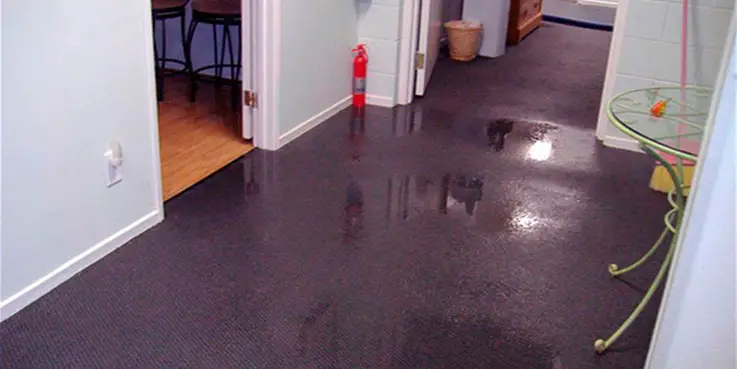
Not all water damage is equal, and the type of water that saturated your carpet plays a major role in deciding whether replacement is necessary.
Clean Water
This type of water comes from a sanitary source like broken pipes, rainwater, or overflowing sinks. It is considered safe and carries minimal risk of contamination. If your carpet is affected by clean water and addressed within 24–48 hours, chances are you can save it by drying and sanitizing thoroughly.
Gray Water
Gray water is moderately contaminated and may come from sources like dishwashers, washing machines, or aquariums. It contains bacteria and other microorganisms that can pose a health risk. If your carpet is soaked with gray water for more than 24 hours, it’s generally recommended to replace the padding and sanitize or replace the carpet as well.
Black Water
This is the most hazardous type of water and includes sewage backups, flooding from rivers, or any water with fecal matter, chemicals, or harmful pathogens. Carpets exposed to black water should always be replaced, no exceptions. Cleaning won’t remove the biohazards effectively, and lingering contaminants can endanger your health.
How Long Has the Carpet Been Wet?
The longer a carpet remains wet, the worse the damage gets. Mold begins to develop within 24 to 48 hours of water exposure, making prompt action critical.
- Under 24 hours: There is a high chance your carpet and padding can be dried, cleaned, and salvaged.
- 24–48 hours: You are entering a risk zone. Mold spores may begin to develop, especially in humid climates. Assess thoroughly.
- Over 48 hours: Most carpets should be replaced after this time frame, especially if the water was not clean. The damage is often beyond safe restoration.
Related Topic: Carpet Stains That Keep Coming Back: Deep Cleaning & Prevention
Type and Age of Carpet
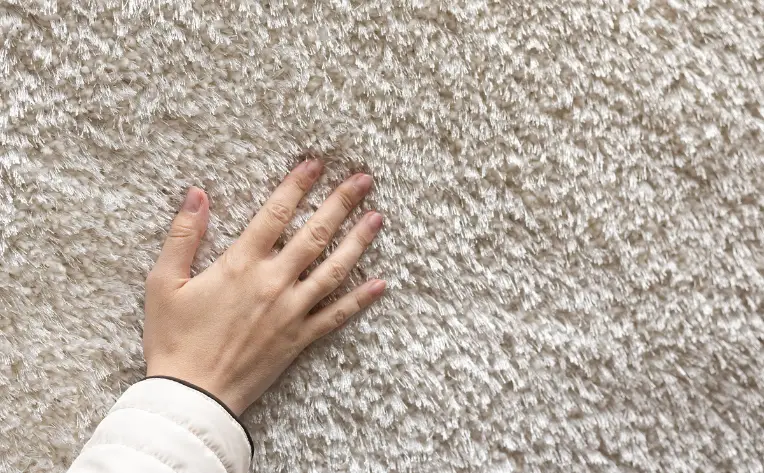
The construction and age of your carpet significantly affect its salvageability.
Synthetic vs. Natural Fibers
Synthetic carpets (like nylon or polyester) are more resistant to mold growth and easier to dry than natural fiber carpets (like wool), which absorb more water and dry slower.
Carpet Padding
Even if the carpet itself is salvageable, the padding beneath usually needs to be replaced. It acts like a sponge, trapping moisture and promoting mold and mildew.
Age and Condition
Older carpets with wear and tear, frayed edges, or matting are less worth saving. In many cases, replacing an old, water-damaged carpet is a more economical and healthier option.
Signs Your Carpet Should Be Replaced
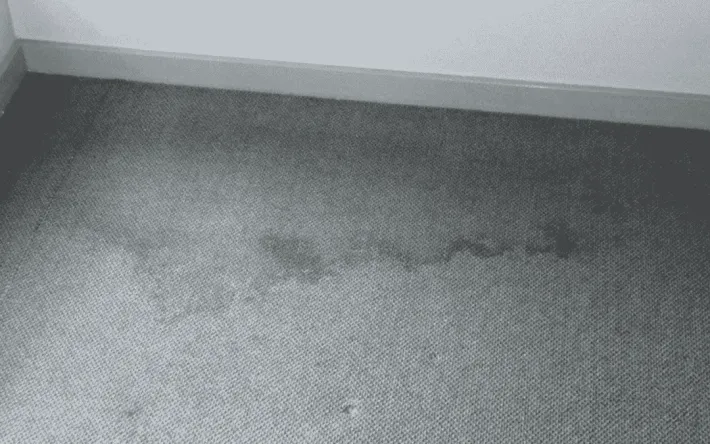
If you’re wondering whether to keep or toss your water-damaged carpet, look out for the following indicators:
Persistent Odor
A musty smell, even after cleaning, is a strong sign of mold or mildew. Odors can embed deep in the carpet fibers and padding, making complete removal nearly impossible.
Visible Mold Growth
If you see green, black, or white fuzzy spots growing on your carpet, it’s time for replacement. Mold exposure can cause allergies, respiratory issues, and even serious illness.
Carpet Delamination
Delamination occurs when the carpet backing separates from the carpet fibers due to prolonged moisture exposure. Once this happens, the structural integrity is compromised, and the carpet cannot be re-stretched or reinstalled.
Discoloration or Stains
Water damage often leads to permanent discoloration, particularly in light-colored carpets. Dark patches may also be a sign of mold spreading underneath the surface.
Dampness That Won’t Go Away
If your carpet still feels damp days after attempting to dry it, moisture has likely penetrated the padding and subfloor. Prolonged dampness can cause rot and structural damage to your flooring.
Related Topic: Clever Carpet Repair: How to Fix a Hole in Carpet Without Extra Carpet
Restoration vs. Replacement: How to Decide
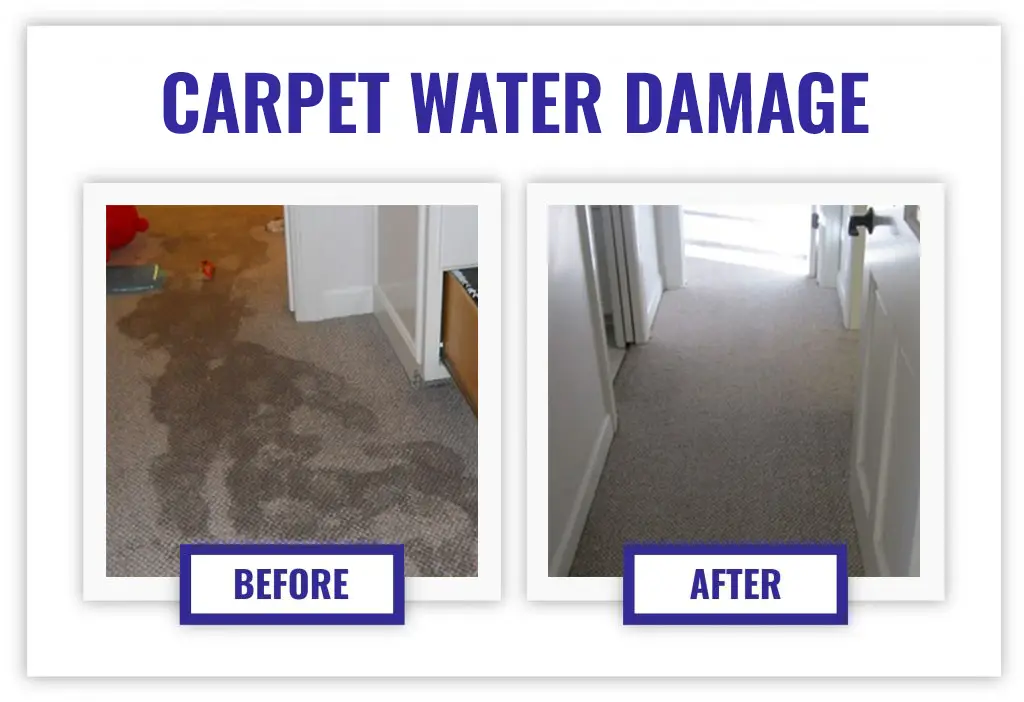
Your decision should be based on the severity of the damage, health concerns, and the value of the carpet. Here’s a breakdown to guide your choice:
Consider Restoration If:
- The water was clean and damage was addressed within 24 hours.
- There is no visible mold or mildew.
- The carpet is relatively new and high-quality.
- You are able to dry and sanitize the area thoroughly with professional-grade equipment.
Opt for Replacement If:
- The carpet was soaked with gray or black water.
- There is any sign of mold or unpleasant odor.
- It took more than 48 hours to begin drying.
- The carpet or padding shows signs of delamination or damage.
This may help: Carpet Restoration vs. Replacement
The Restoration Process: Step-by-Step
If you decide to restore your carpet, follow this process to ensure it’s safe and effective.
Step 1: Remove Standing Water
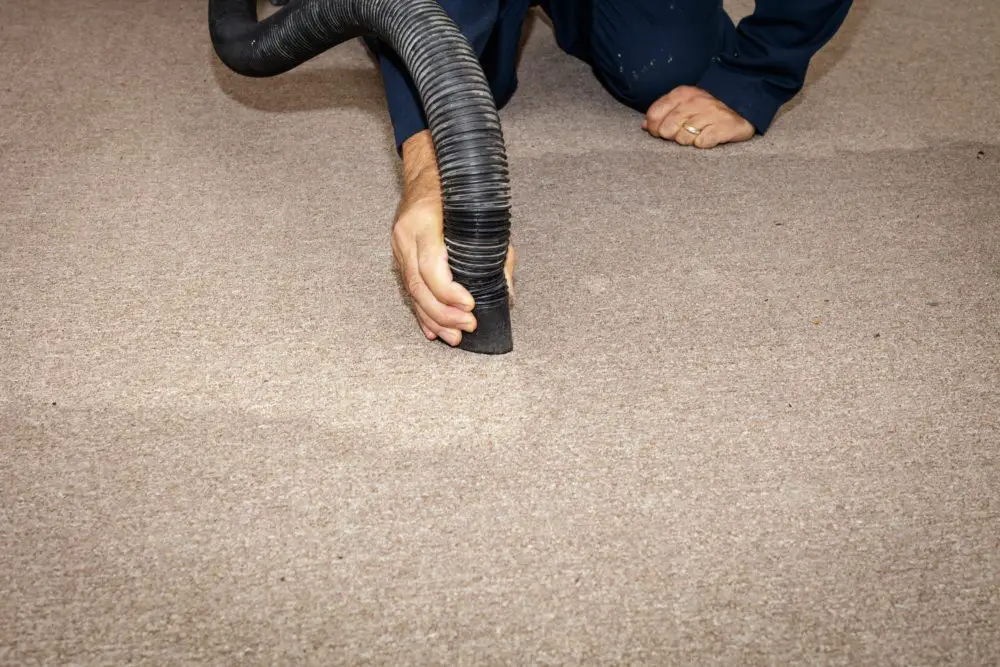
Use a wet/dry vacuum or call professionals to extract as much water as possible. The faster you remove water, the better your chances of salvaging the carpet.
Step 2: Lift and Remove the Carpet Padding
Even if you hope to save the carpet, the padding must usually be discarded. Lift the carpet and dispose of any soaked or damaged underlayment.
Step 3: Dry the Area Completely
Set up high-powered fans, dehumidifiers, and open windows to promote airflow. Aim to dry the subfloor and carpet backing within 24–48 hours.
Step 4: Clean and Disinfect
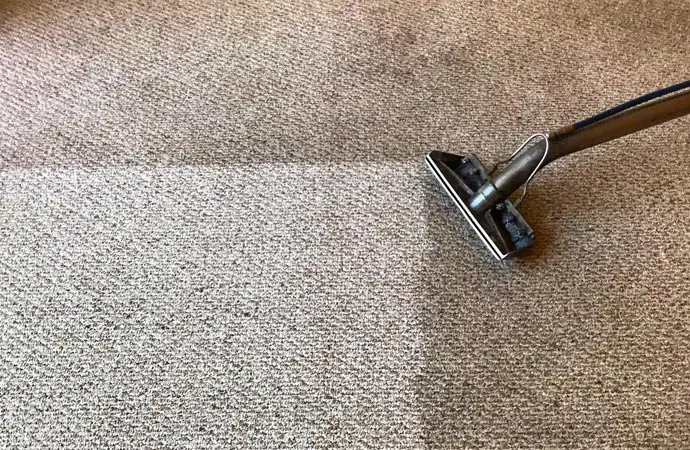
Use anti-microbial cleaners to sanitize the entire area. Steam cleaning is highly effective in removing contaminants and allergens.
Step 5: Inspect for Mold
Before reinstalling or using the carpet again, inspect the entire area carefully. Use a mold testing kit or call a mold remediation expert if you’re unsure.
Hidden Dangers of Keeping Water-Damaged Carpet
Sometimes, water damage doesn’t look serious — but the unseen risks are real. Keeping a damp or poorly restored carpet can expose your home to:
- Toxic mold growth
- Allergic reactions and asthma triggers
- Structural damage to subfloors and framing
- Pest infestation, such as carpet beetles, attracted to mold and decay
Replacing your carpet is sometimes the safest and smartest option, especially when health is on the line.
This may help: Read more
Preventing Future Carpet Water Damage
Being proactive can save you thousands in repair or replacement costs.
- Install leak detectors near appliances like water heaters, dishwashers, and washing machines.
- Regularly inspect plumbing and fix small leaks before they worsen.
- Use water-resistant padding or vapor barriers in basements and moisture-prone areas.
- Keep gutters clean to prevent basement flooding.
- Upgrade appliances that are prone to leaking or overflowing.
When to Call the Professionals
While some DIY-savvy homeowners may feel confident drying and restoring carpets themselves, it’s often best to involve professionals. Water damage specialists have the tools, experience, and training to:
- Extract water completely
- Identify hidden mold
- Sanitize and dry carpet and subfloors
- Recommend safe restoration or replacement options
If you’re unsure about the condition of your carpet or have experienced gray or black water flooding, contact a water damage restoration expert right away.
At Carpet Majesty, we specialize in thorough carpet inspections, mold treatment, and high-quality replacements tailored to your needs.
Related Topic: Fixing Frayed Carpet in Doorway: Expert Tips for a Seamless Repair
Final Verdict
So, should carpet be replaced after water damage? In many cases — especially if contaminated water or mold is involved — the answer is yes. Even if it seems minor, water damage can quietly lead to expensive structural and health issues down the road.
Prioritize safety, and don’t hesitate to replace carpet when it’s beyond proper restoration. Always act quickly, understand the risks, and consult professionals when needed.
Explore more water damage solutions and carpet care tips on the Carpet Majesty Blog or request a professional inspection to make the best decision for your home.

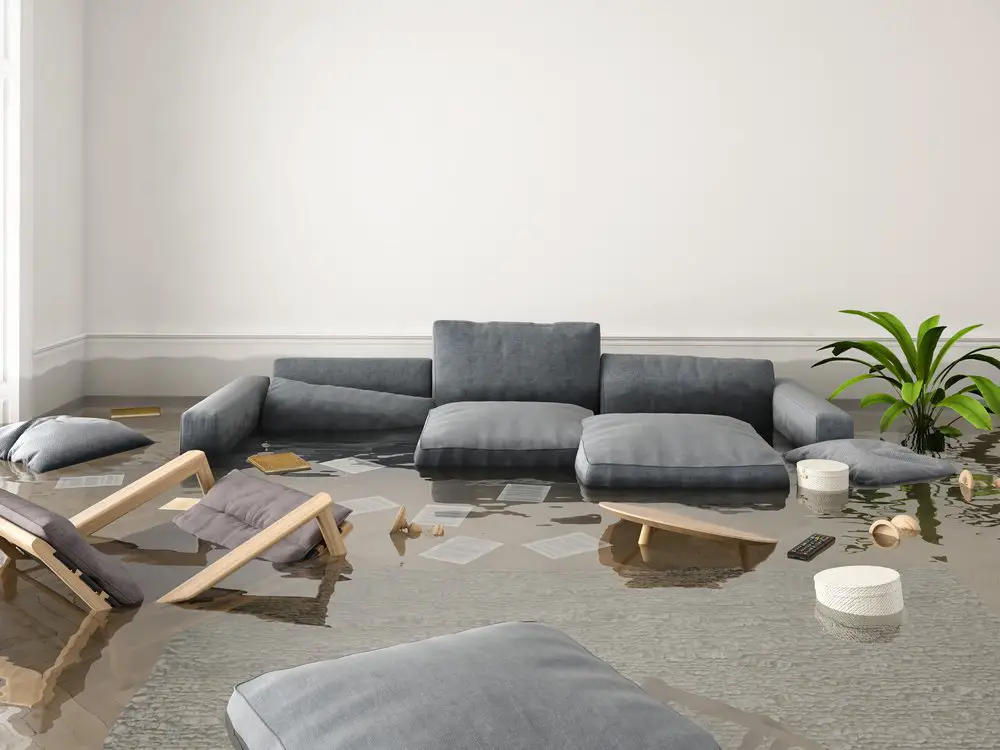
2 thoughts on “Should Carpet Be Replaced After Water Damage? Expert Insights You Need to Know”